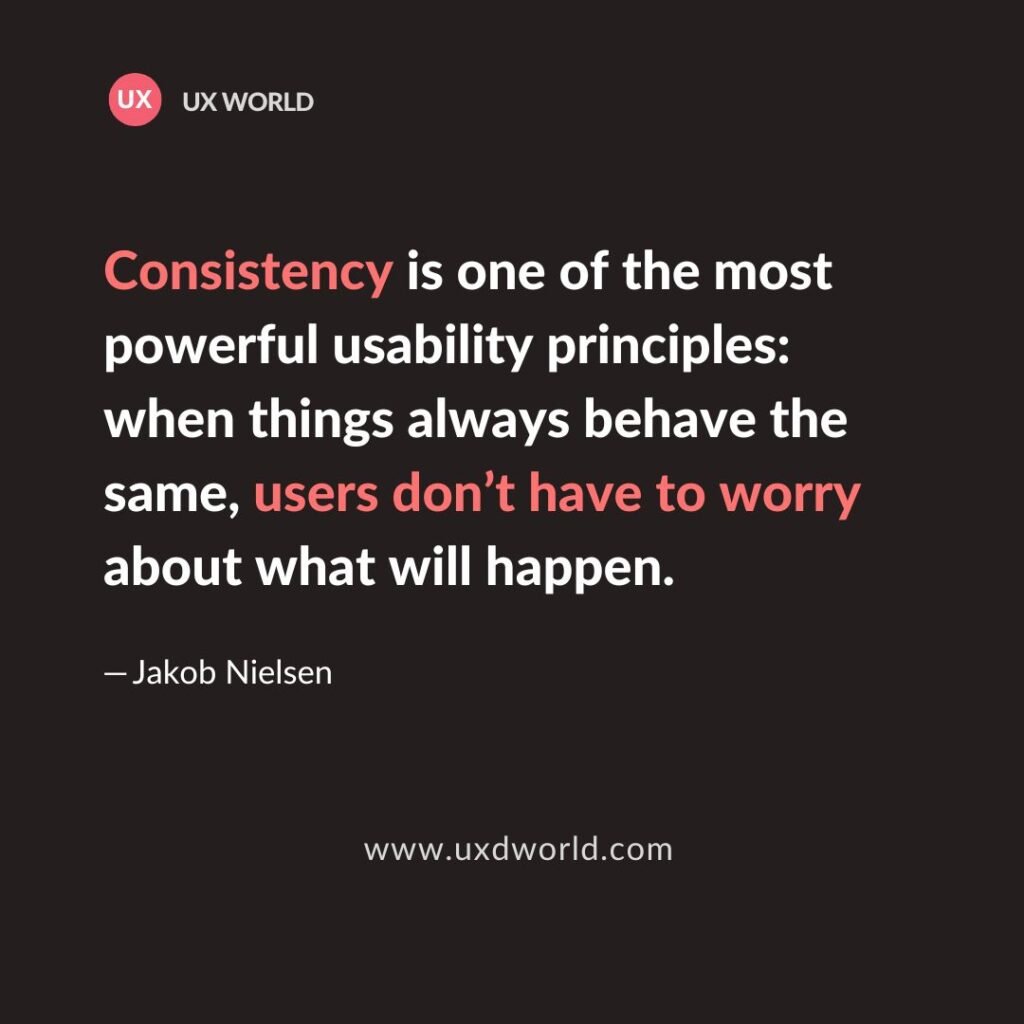Last Updated on September 11, 2024 by UX World
“Design is the intermediary between information and understanding.” – Hans Hoffman
Design helps in understanding complex information. The design allows you to present information in a way that is easy to understand for users.
Poorly presented information creates confusion. Design is the phenomenon that takes information as input, and applies design principles to it. The outcome is a meaningful story that gives a purpose to the information.
The purpose of meaningful design is to help humans make sense of the information. If it makes sense to the users, the design fulfills its job. Design behaves as a layer between information and users. If the layer efficiently translates this information, the user can easily understand it without feeling the complexity behind the layer.
To present information efficiently, UX designers need to find the answers to the following questions through the given steps:
- By whom the information will be used? – User understanding
- What problem the information is addressing? – Problem understanding
- What is the best possible way to present the information in a meaningful way – Design ideation
It is not an easy job to present complex information in an intuitive way for users. As a UX designer, always keep the real purpose of the information in your mind. The users should be able to understand the story behind the information by interacting with your design.
Want to Learn UX Design?
Try Interaction Design Foundation. IxDF offers online design courses covering the entire UX design spectrum, from foundational to advanced level. As a UX Design World reader, you get 25% off your first year of membership with the IxDF.
The UI/UX Design Specialization from Coursera brings a design-centric approach to user interface and user experience design. It offers practical, skill-based instruction centered around a visual communications perspective. By learning this Design Specialization, you can design high-impact user experiences for your customers.
Thanks for reading.
Subscribe to more related articles on UX World.
If you have any questions, contact us here: Facebook | YouTube | Instagram | Linkedin



